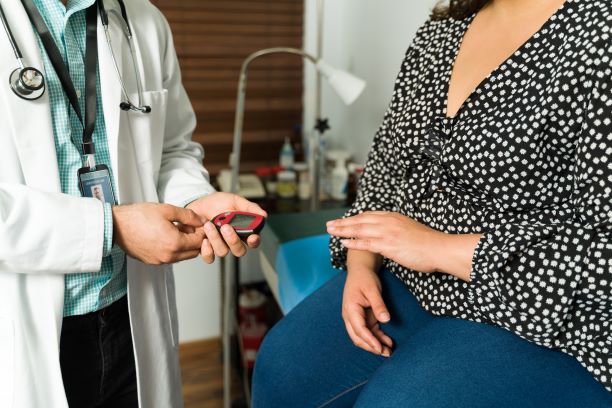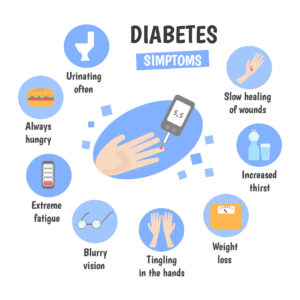
Published by : Mar 28 2023 Posted by : NVIH
Diabetes Alert Day is observed on the fourth Tuesday in March and is intended as a “wake-up” to bring a focus to the seriousness of diabetes as well as to understand your risks. You are encouraged to find out if you or your loved ones are at risk. Many resources are available for determining your risk level for Type 2 Diabetes such as the National Institute of Diabetes and Digestive and Kidney Diseases (NIDDK) Diabetes Risk Test. The sooner you know you are at risk, the sooner you can make the necessary steps to prevent or manage diabetes.
Did you know?
– 37.3 million Americans (~11.3% of the US population) have diabetes.
– About 1 in 5 people are unaware they have diabetes.
– More than 8 in 10 adults are unaware they are prediabetic
– Roughly half of women with gestational diabetes develop type 2 diabetes.

What are the differences between Type 1 and Type 2 Diabetes?
Type 1 diabetes, aka juvenile diabetes, is when our pancreas does not produce any insulin on its own therefore our body relies on medical treatment with insulin to survive. It is called juvenile diabetes because it is often diagnosed as a child and you are not able to prevent this from happening. It is unknown why this occurs but could be genetic pre-disposition or immunological disorder. This type of diabetes is rare and more severe. Type 1 DM makes up only 5-10% of all diabetes cases.
Type 2 diabetes is when our body still produces insulin but our body does not utilize insulin effectively leading to increase levels of glucose in the blood. With type 2 our pancreas which produces the insulin can begin to produce less and less until it fails to produce any at all. Type 2 diabetes makes up 90-95% of diabetes cases.

Early signs of Diabetes
The following symptoms of diabetes are typical. However, some people with diabetes have symptoms so mild that they go unnoticed.
Common symptoms of diabetes:
By understanding your risk, you will be in a better position to manage your health. Seek guidance from your primary care provider and discuss your concerns. Always consult with your doctor before beginning new diets, treatments or any other medical interventions.